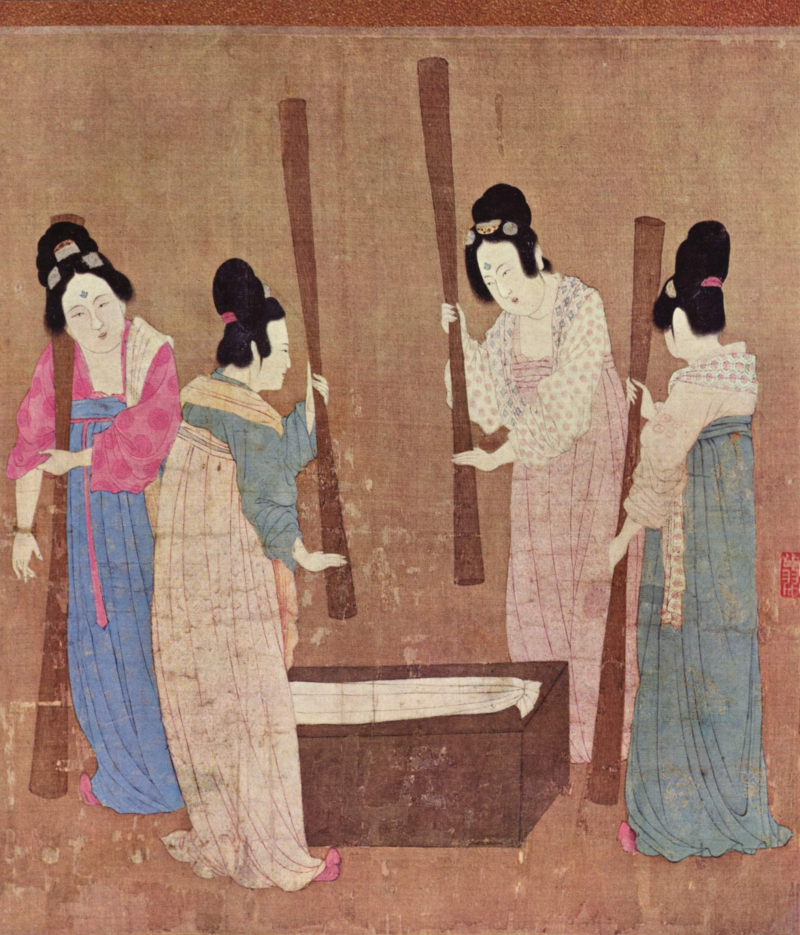Silk
During the Neolithic era in the fourth millennium BC, silk was first created. In addition to being used for clothing, silk has long been a popular material for writing, fishing, and musical instruments. Emperors and members of high society were the primary users of silk, but it eventually became available to the general public. Silk evolved during the Han era (202 BC–220 AD) into more than just a simple commodity. It served as an award for a deserving Chinese person or government representative.
The limitations on who may use and wear silk in China gradually started to disappear, and an increasing number of people who could afford the pricey material could be seen donning silk garments and adorning their homes with silk decorations.
Eventually, silk production in China expanded to become a sizable industry. Numerous items, including fishing lines, bowstrings, and musical instruments, were made of silk. Documents were previously written on silk fabric. Now, Chinese paper makers have devised methods for producing more reasonably priced, yet still opulent, paper where the pulp is created by combining silk rags with other naturally occurring fibers.
Silk soon permeated so many facets of Chinese culture that it started to change the language. Even now, silk serves as the "key" for far over 200 of the 5,000 most often used characters in Mandarin writings. Silk became a significant sector of the Chinese economy. Around 300 AD, Japan and the Middle East began cultivating silk, and the Crusades introduced the idea of silk manufacture to Western Europe. Chinese silk's value and exports started to decline as a result, causing an economic boom. However, China currently controls the market for fine silk.










